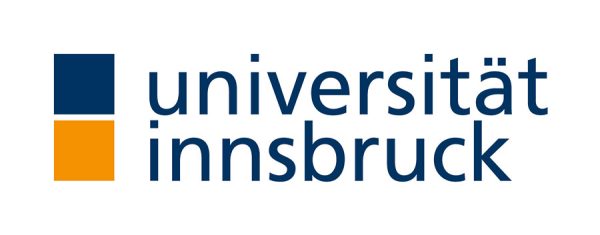Glacier Shield 2.0
The University of Innsbruck is dedicated to the Alpine space, taking into account ecological, economical and sociological issues in as well as exploring measures to protect it.

Overview of the project
For preserving glacial skiing areas, geotextiles are widely used to increase the albedo and to insulate glacial ice during the summer season. However, our recently published results from in-situ measurements at various glaciers indicate that the geotextiles that are currently used are an important source of microplastics (MP). These is a particularly serious issue for high-altitude ecosystems, which are extremely sensitive to environmental changes due to their vulnerable structure and long regeneration times.
Relevant concerns have found their way into the Austrian Microplastics Action Plan. Since our publication dealing with the environmental damage caused by the exposure of geotextiles all respective skiing resorts have switched into crisis mode – calling for urgent action to develop environmentally friendly products and methodologies to enable a future proof and hence viable approach to this challenge – for many, being critical for their survival due to the necessity of securing neuralgic spots in infrastructure.
Having established numerous contacts in the sector, it was possible for us to put in place a transnational network of industrial- and research partners, policymakers, and other relevant stakeholders within the Alpine space – under the program name Glacier Shield 2.0. We aim to develop improved geotextiles to be used as covering materials – including their evaluation in the lab and in-situ, and aiming at identifying the most effective methodologies / guidelines of implementing the covering activities. A funding proposal is currently being finalized by the consortium.
Development and optimization of sustainable materials and policies for the preservation of snow and ice
Ongoing research
project still in progress
Results have shown that geotextiles to insulate snow and ice release considerable amounts of microplastics:
- Approximately 3km (added length) of non-degradable polypropylene fibers will be released per m² by geotextiles on glacial surfaces.
- Vulnerable and specifically adapted microbial communities in snow and ice show 80% less biological activity when covered with geotextiles over a summer season.
- In general, no single cryoconite hole on the glacial surface could be found without microplastic fibers deriving from the geotextiles (fiber density up to ca. <1km per cryoconite hole).
The release of PP fibers by geotextiles to increase albedo on (glacial) skiing areas for the purpose of snowfarming is substantial. This material is non-degradable and is affecting high alpine ecosystem. The presence of fibers, eventually being microplastics (MP), are proved to increase antibiotic resistance genes in microbial communities. Additionally, growing on MP as a biofilm acts as a carrier for viable pathogens eventually being released by meltwaters. MP is affecting aquatic invertebrates in glacial run-offs by blocking gills and mandibles. Additionally, invertebrates incorporate MP as useless nutrient particles. Apart from that, fibers are well visible to glacial visitors leaving a questionable image of a pristine environment with high water quality.
Funding by the Tyrolean Environmental Division, AT
organisation
The University of Innsbruck is dedicated to the Alpine space due to its geographic location. Within this, science and education of more than 30.000 students are based on a multidisciplinary approach to study, taking into account ecological, economical and sociological issues in the Alpine space as well as exploring measures to protect and develop this specific area. The Institute of Ecology has expertise in combining basic research with glacier protection and works in close collaboration with environmental agencies for consulting. Additionally, it is collaborating with consulting offices such as AllWin Consulting or GeoResearch for future perspectives of high mountain areas. Transferring knowledge to the next generation is a key issue for sustainable measures in the Alps.
in collaboration
The complete professional group of Ropeways including South Tirol(President: NR Franz Hörl) has consolidated to support this progress due to the necessity. In case the Action Plan Microplastics would ban the usage of the currently used material all glacial skiing resorts and those with snowfarming activities would encounter economic difficulties.
Additionally, the Austrian Alpine Club expressed their intent for cooperation to reduce microplastic in high altitudes which is crucial. The Austrian Environmental Agency is cooperating in this specific issue within the Action Plan.




